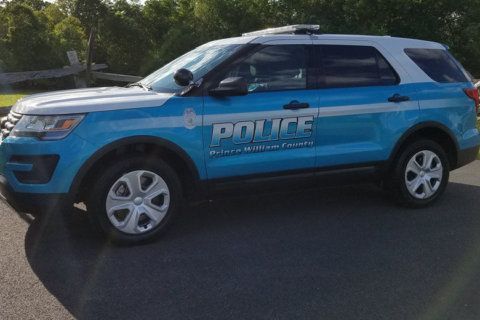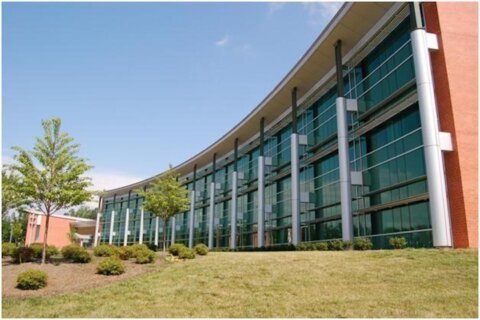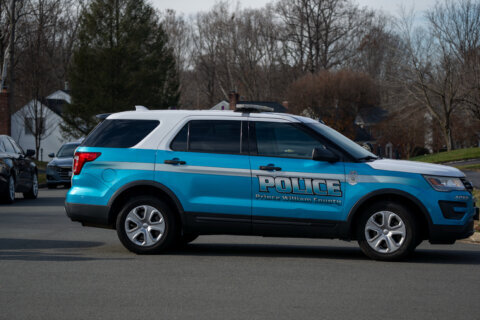Drivers in a hurry, take notice because school and highway zone speed cameras, and red light enforcement cameras are coming to Prince William County, Virginia.
On Tuesday, the Board of County Supervisors approved a one-year pilot program that will start this summer to install automated enforcement cameras in nine initial school zones, and eight proposed initial intersections for red light cameras.
“I know that there are people who have heartburn about these things we’re approving today,” said Occoquan Supervisor Kenny Boddye. “This will save lives.”
“We’ve seen the data — we know that we will see higher compliance with the law,” Boddye added. “We will see a higher chance of people slowing down and changing behaviors that we’ve talked about for so long.”
Not all the supervisors were as enthusiastic about the red light enforcement aspect of the plan, saying it felt like a money-grab, and questioning how it would enforced.
County Director of Transportation Rick Canizales said the county will work with the eventual vendor that installs and operates the cameras at intersections, to ensure fair enforcement: “If a person has passed the Stop bar and the signal is still yellow, that person will not be cited.”
The county has compiled data to choose the initial dangerous intersections — spread throughout the county — for the pilot programs.
One resident, Bianca Lankford from the Gainesville District, asked to have the intersection at Route 29 and Webb Drive included in the pilot program.
“It’s a very scary and dangerous intersection for everyone who goes through it,” said Lankford. “It’s going downhill, so people tend to just hit the gas, and keep going.”
Boddye sought to reassure Lankford, and others who might wonder why the dangerous intersections in their neighborhoods won’t be included in the initial program.
“We hear you. We know there are intersections and corridors in this county that need attention, and we know we need to do more,” he said.
“This is step one,” Boddye said, adding that the idea is to gather data, and make sure the program is not generating unforeseen consequences.
Neabsco District Supervisor Victor Angry suggested that one of those consequences could be an increased number of rear-end collisions at intersections.
“People are going to slow down,” said Angry, offering words of advice to drivers following another car, while approaching an intersection. “Yellow doesn’t mean speed up, so do not rear-end the car that’s paying attention to the red light.”
Canizales and several supervisors said the pilot program will provide the opportunity to gather data, evaluate successes and failures, and make tweaks, before determining whether the cameras should be made permanent.
The pilot program passed by a vote of 5-3, with supervisors Robert Weir, Jeanine Lawson, and Yesli Vega voting no.
Editor’s note: Corrects spelling of Bianca Lankford’s name.








